Inside ‘Biba:’ The iconic London store where Anna Wintour was a shop girl
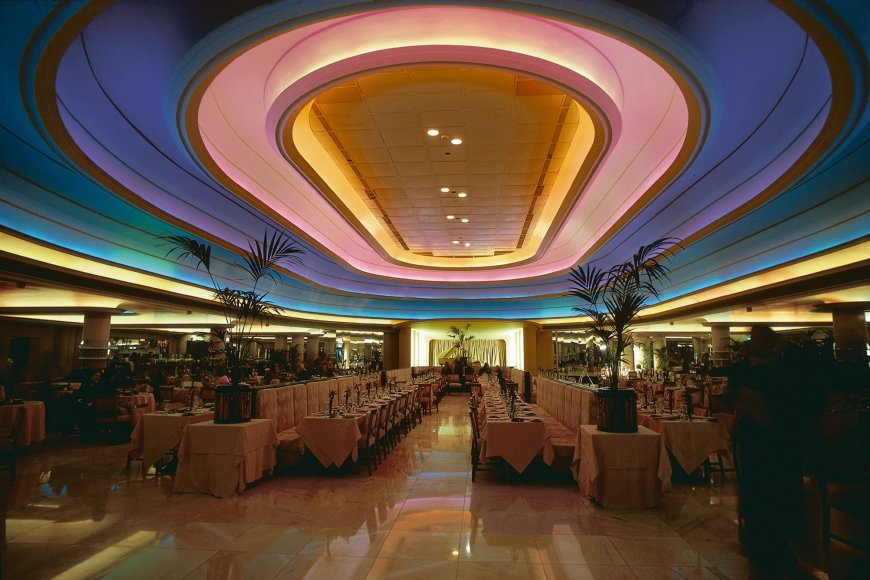
CNN - “Chúa ơi, thật buồn tẻ,” nhà thiết kế nội thất Steven Thomas của ngành bán lẻ Anh vào năm 2024 cho biết. Là động lực sáng tạo đằng sau diện mạo của cửa hàng thời trang Big Biba cực kỳ nổi tiếng ở London những năm 1970, Thomas biết đôi điều về sự phấn khích về kỹ thuật .
Big Biba - một điểm đến táo bạo, rộng 20.000 foot vuông của họa sĩ minh họa thời trang Barbara Hulanicki và chồng cũ là giám đốc tiếp thị của cô, Stephen Fitz-Simon - được hình thành với mức độ chi tiết thường dành cho các cửa hàng ý tưởng cao cấp. Khai trương vào tháng 9 năm 1973, đây là tiền đồn thứ tư và cuối cùng của thương hiệu mang tính biểu tượng lúc bấy giờ. Cửa hàng Art Deco bảy tầng trên Phố Kensington High Street thời thượng của London có quầy bán súp lấy cảm hứng từ Andy Warhol, một khu vườn trên mái với những chú hồng hạc và chim cánh cụt thực sự, cùng một địa điểm nổi tiếng được ca ngợi nhiều là “Phòng Cầu vồng”.
“Bởi vì Phòng Cầu Vồng trông giống như vậy nên không mất nhiều thời gian để những viên kim tuyến bám vào; đó thực sự là một nơi để ăn uống,” Thomas nhớ lại trong một cuộc phỏng vấn với CNN. Được thiết kế ban đầu bởi kiến trúc sư Marcel Hennequet vào năm 1933 và được đặt tên theo trần nhà nhiều màu của nó (phòng ăn chỉ toàn khăn trải bàn màu trắng và cây giả), nó “trở thành một địa điểm được lựa chọn,” ông gợi ý. “David Bowie, Mick Jagger, Bryan Ferry đều tham gia.”
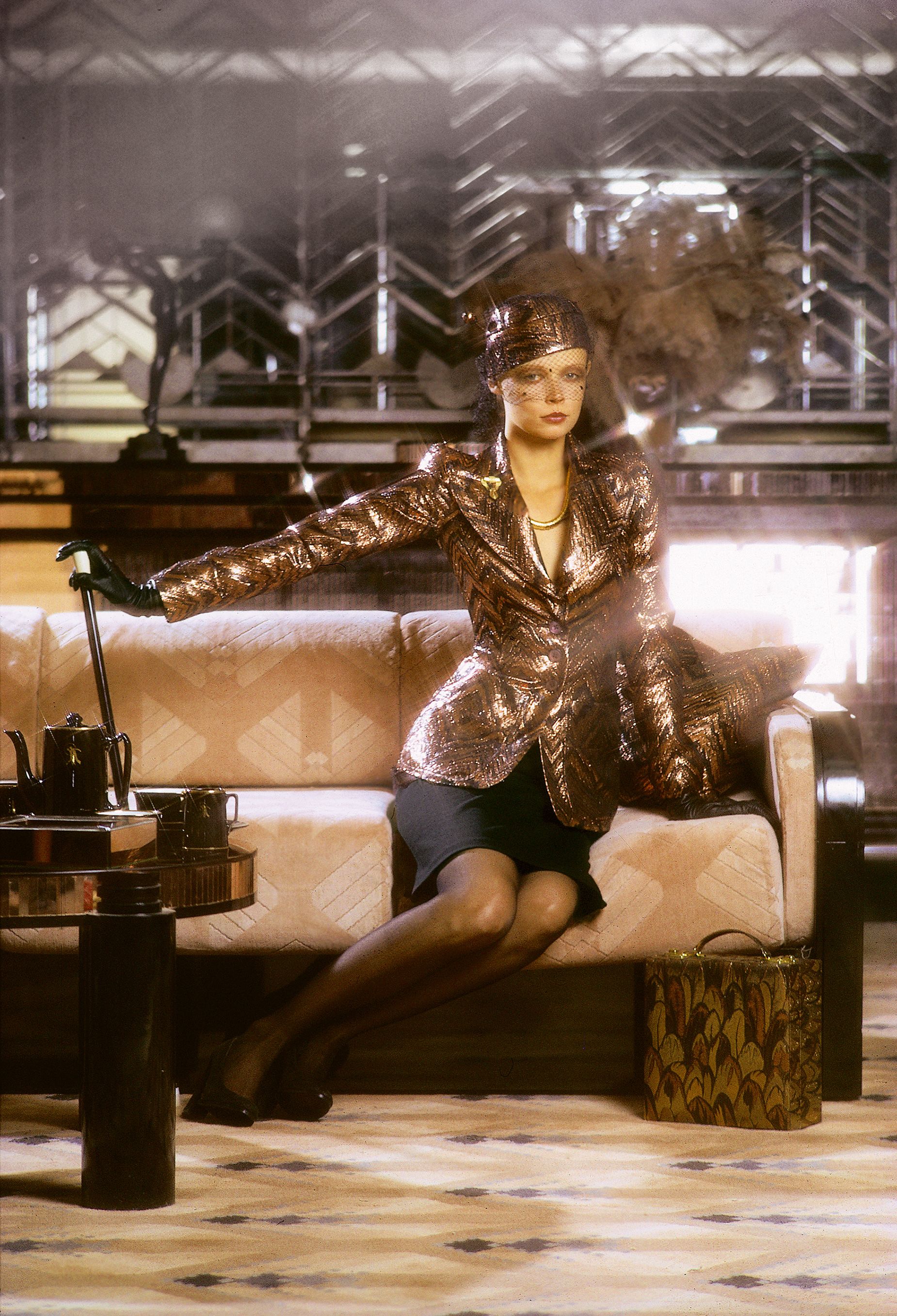
These stories and more are all explored in “Welcome to Big Biba,” Thomas’s gold-fronted monograph of the venture republished this month by ACC Art Books to celebrate the brand’s 60th anniversary. “This book is a testament to creative freedom,” writes the now 87-year-old Hulanicki in the foreword, reflecting on her legacy. “You can do it all as long as you learn to wear a suit. Of course, your secret will be that the suit is lined in gold lamé.”
Making fashion democratic
The Biba story began in May 1964 when Hulanicki and Fitz-Simon began running “Biba’s Postal Boutique,” a mail-order store selling limited runs of stock. Singer Annie Lennox described the venture as having led “the way for those of us living in provincial places where we felt we were dying of drabness.”
Inspired by decadent styles from bygone times — albeit with drastically shortened hemlines — in earthy or muted colors such as olive, rust and “bruised purple,” Biba’s wares certainly struck a chord with young female shoppers, and the brand rode the wave of what Thomas described as “the first burst of teenage energy and finance availability.”
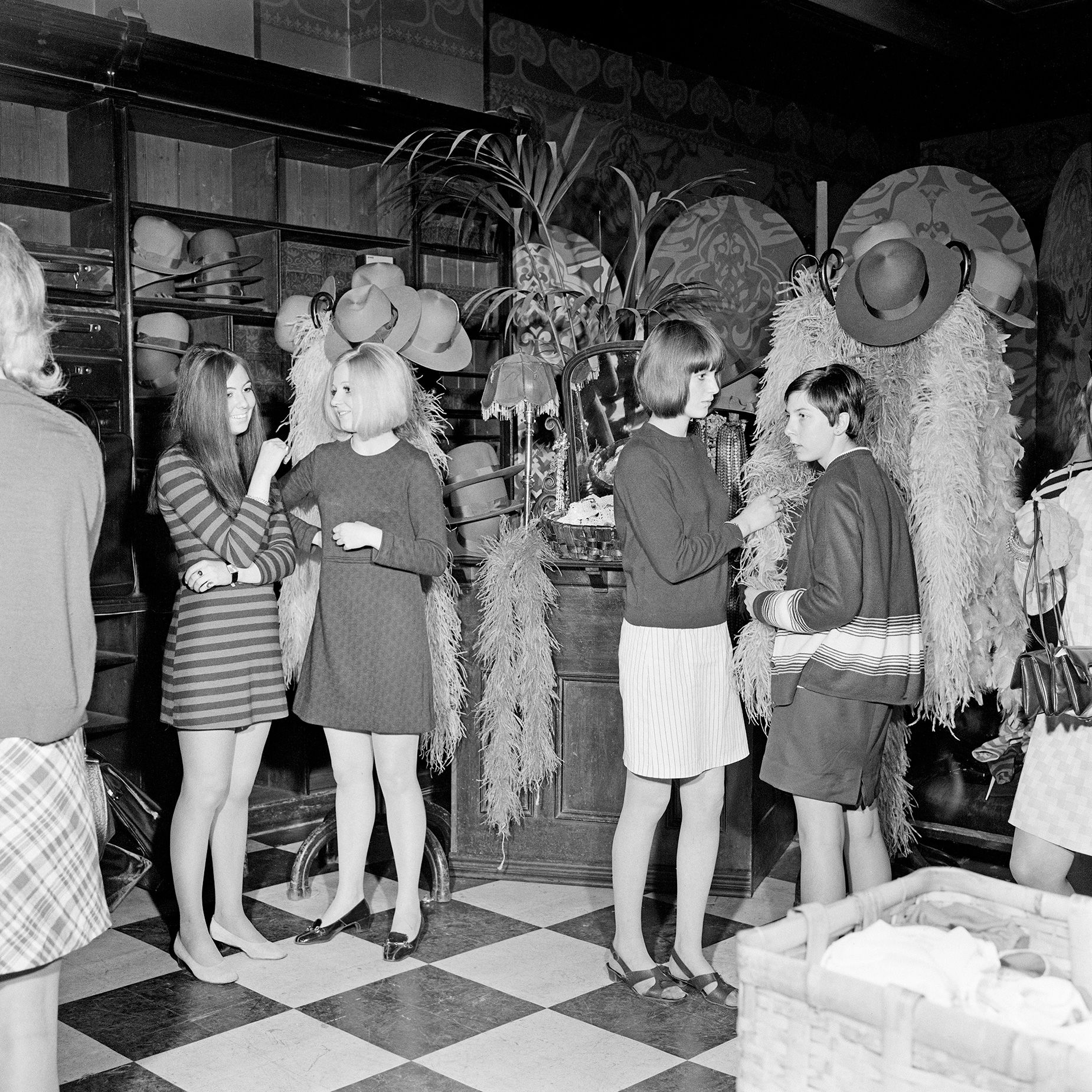
“Biba made fashion democratic,” explained Martin Pel, author of “The Biba Years 1963-1975” and curator of a new exhibition at London’s Fashion & Textile Museum, in an email. “This expression is often overused of designers in the 1960s, particularly Mary Quant. Quant’s clothes whilst youthful, were expensive. Biba was inexpensive, well designed, good quality, and up-to-the-minute.”
By September 1964, Hulanicki and Fitz-Simon had opened their first brick and mortar store in a former drugstore, twice moving the business into bigger premises throughout the 60s. In 1966 the brand’s second shop on Kensington Church Street — where Vogue editor Anna Wintour famously did a stint as a Saturday girl — was described by Vanity Fair magazine as “the most exotic shop in London.” and in the early 1970s, a boutique launched in New York’s Bergdorf Goodman department store.
“An act of bravery”
Interior designer Thomas had already designed Hulanicki and Fitz-Simon’s home and the third Biba store in 1968 before being approached about the landmark seven-level store. “Fitz offered me two floors (of Big Biba) but I wanted it all,” he recalled of his initial involvement. “A moment of complete lunacy, considering Tim (Whitmore, his creative partner) and I were ex-painting students working out of my bedroom. It was an extraordinary act of bravery on their part, giving us the contract, it wouldn’t happen today.”
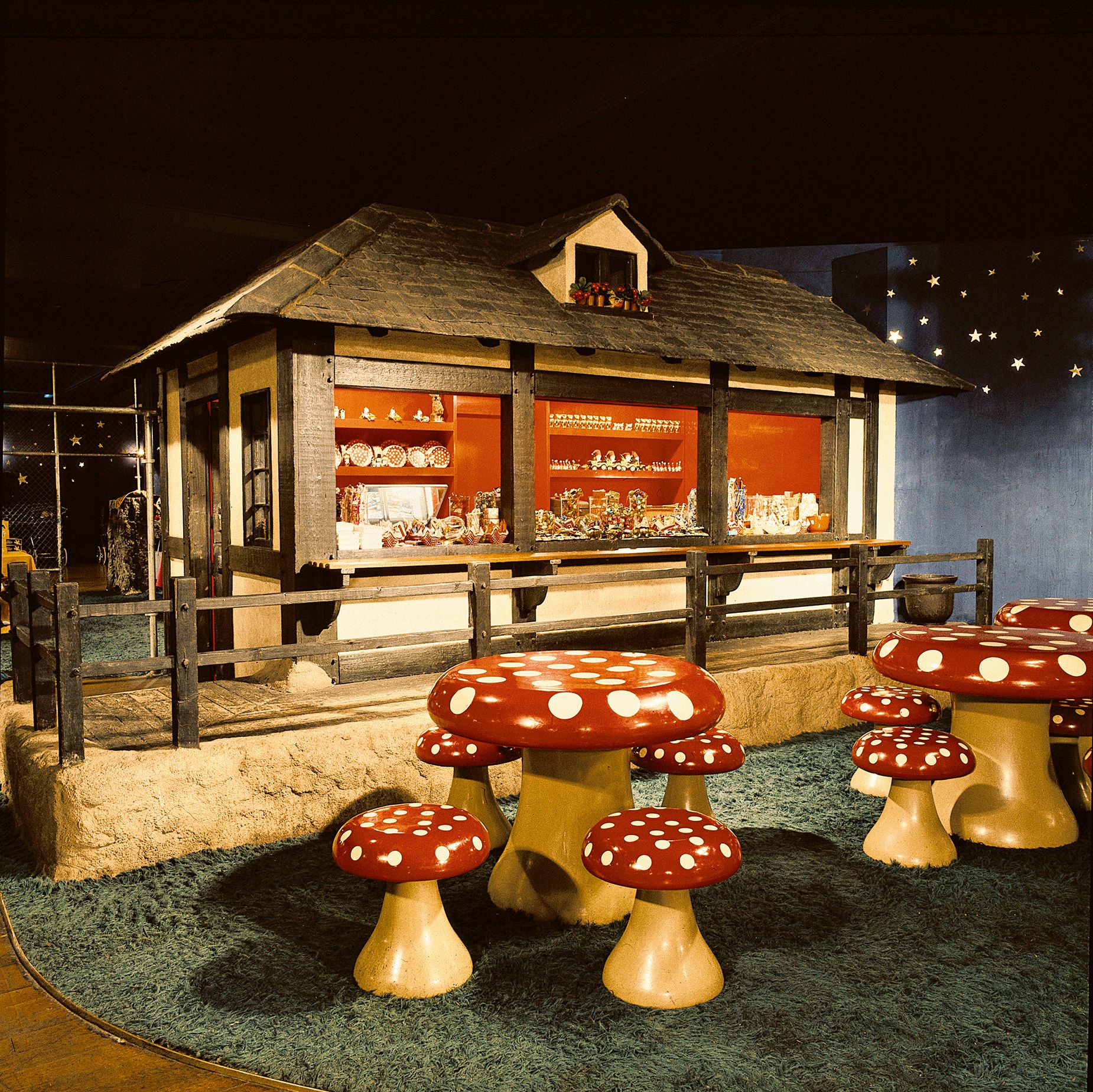
Stocking Big Biba’s seven floors was equal parts intimidating and invigorating said Thomas, explaining that he and Whitmore worked closely with Hulanicki throughout. “Biba was always a reflection of Barbara’s life,” he noted, “so because Barbara had a kid, of course we had a kid’s floor,” with décor inspired by Disney World, a carousel ride and miniature cottage kids café with toadstool seating. On Saturdays, an actor would visit and read stories and a crèche — a revolutionary concept in fashion retail now, let alone 50 years ago — allowed parents freedom to explore the other floors.
A maternity section and a space for 11-13 year old’s were similarly modern for the time, likewise the introduction of communal changing rooms — although true to the spirit of the times, many clients reportedly changed in the middle of the store itself.
Elsewhere menswear took over the third floor, complete with a “mistress” section for purchasing more sensual items with discretion. Biba-branded household items were upstairs. While each floor took on its own theme (maternity for example was fitted with comedic outsized furniture, inspired by Ken Russell’s 1971 musical comedy “The Boyfriend”), much of the store was furnished in Biba’s distinctive black and gold colorway, with mirrored fixtures, ostrich feathers and leopard print features.
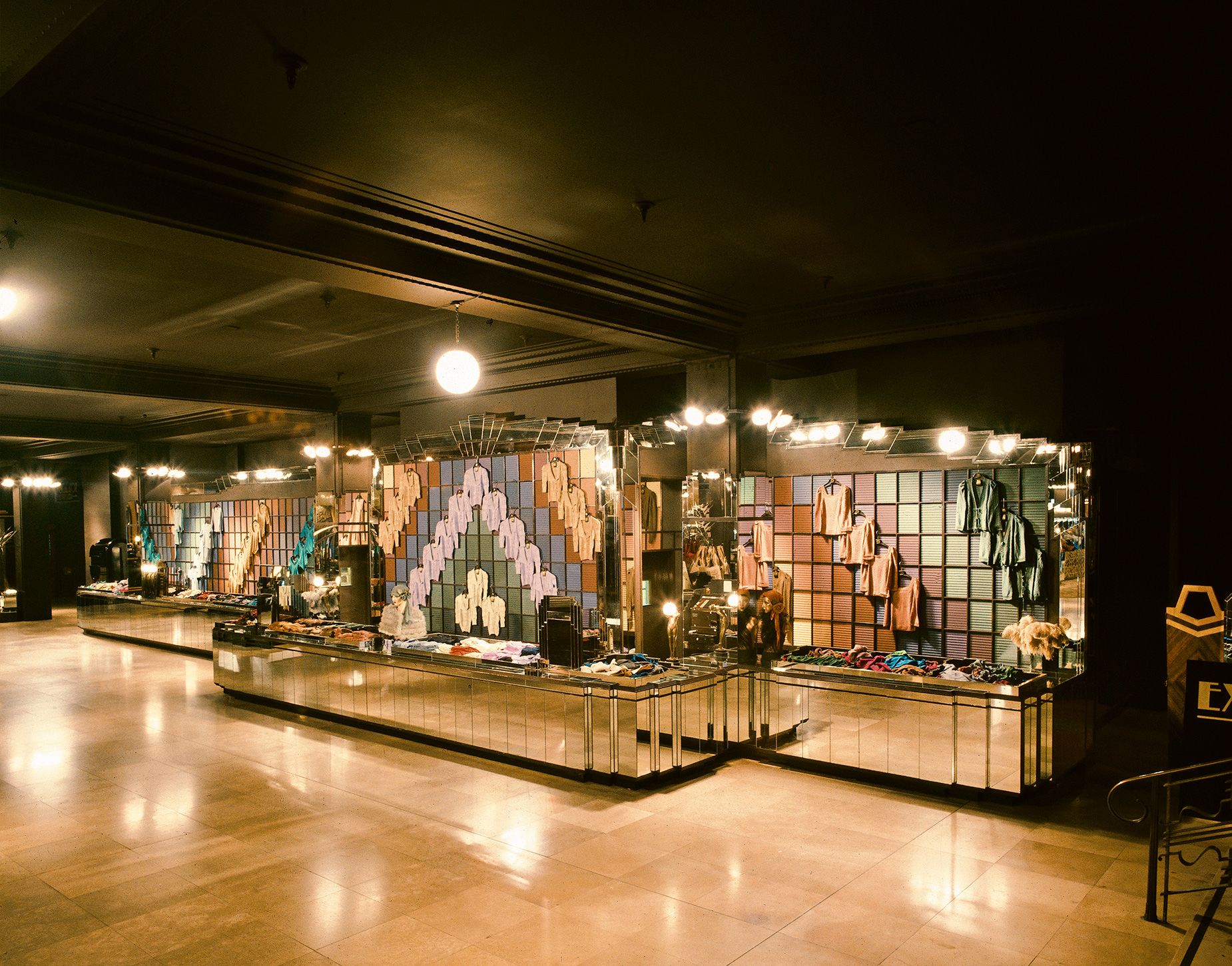
While Wintour’s shopgirl life was short-lived, Big Biba’s staff were a vital component of the experience remembered Thomas. “They loved working there, it was their club,” he said. “And if a (customer) bought a Biba poster and stuck it on her wall, she felt part of the club. It was the theater of retail really.”
Đó là một thành công không thể chối cãi. Khi cửa hàng mở khu vườn trên mái huyền thoại vào năm 1974, họ đã được chào đón bằng một bữa tiệc được báo chí Anh mô tả là “giống như bước vào một bộ phim về sự sa đọa đạo đức khá vui nhộn”. Người mua sắm từ khắp nơi trên đất nước và thậm chí cả quốc tế đều tụ tập tại cửa hàng để mua hàng theo chủ nghĩa tư tưởng. Theo Hulanicki, trong suốt hai năm hoạt động, Big Biba là điểm thu hút khách du lịch số hai ở thủ đô nước Anh sau Tháp Luân Đôn, với Cung điện Buckingham ở vị trí thứ ba.
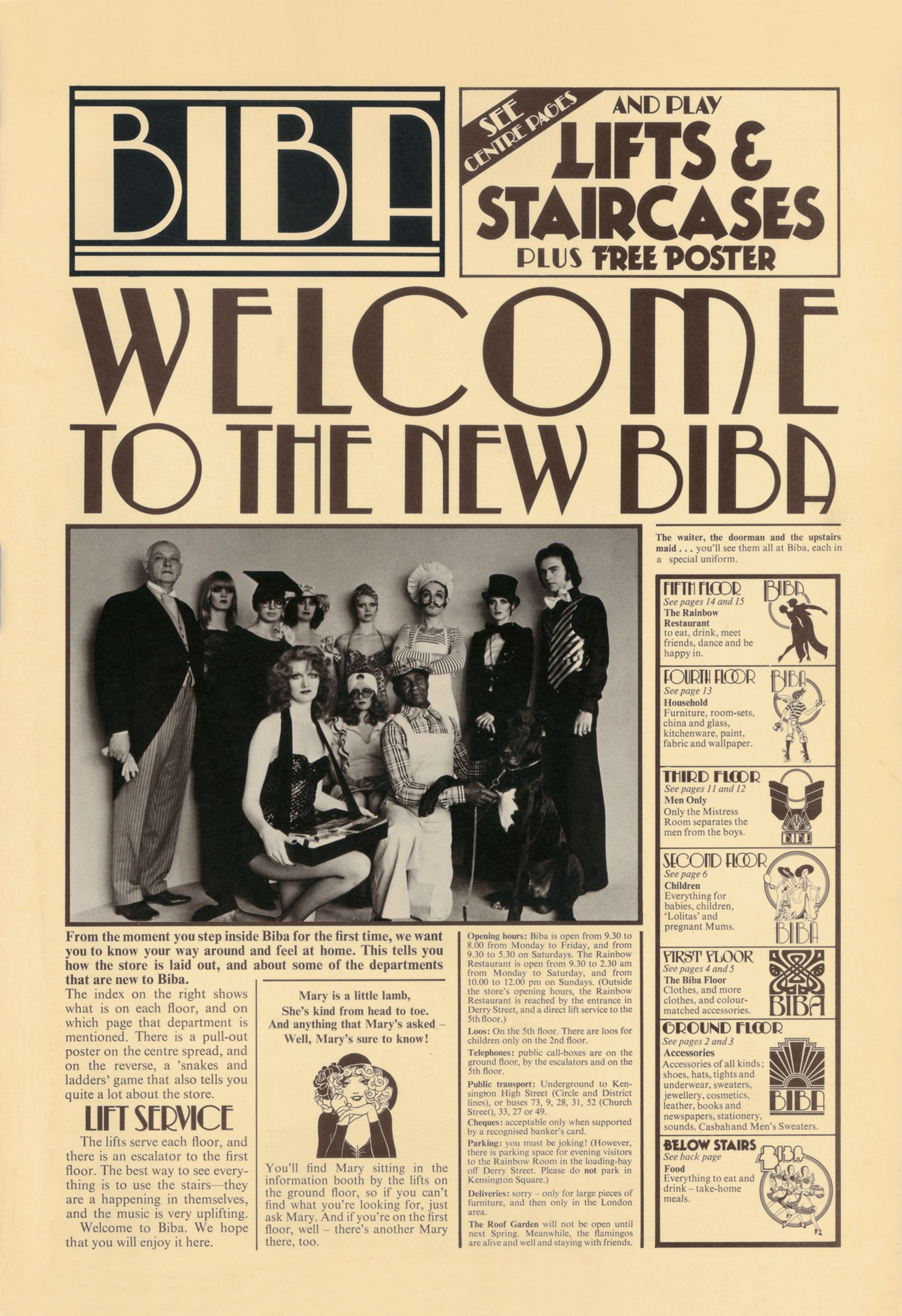
Nhưng thành công của Biba chỉ tồn tại trong thời gian ngắn. Năm 1969, công ty độc lập bán phần lớn cổ phần của mình cho một nhà bán lẻ thời trang khác của Anh là Dorothy Perkins, vào tháng 8 năm 1973 (một tháng trước khi Big Biba khai trương), sau đó được mua lại bởi một công ty phát triển bất động sản có tên British Land. Chi phí cao để duy trì cửa hàng mở cửa và nền kinh tế Anh đang suy thoái vào giữa những năm 70 đồng nghĩa với việc những người chủ mới phải đóng cửa tầng 3 và tầng 4 của cửa hàng vào tháng 3 năm 1975, và phần còn lại của cửa hàng cũng tiếp theo vào tháng 9 năm đó trong bối cảnh tài sản sụt giảm trên toàn quốc. .
Tuy nhiên, sáu thập kỷ trôi qua, di sản của Biba vẫn tồn tại lâu hơn trên đường phố cao cấp. Quần áo giá rẻ nhưng chất lượng tốt vẫn được ưa chuộng cho đến ngày nay, với những thiết kế gia truyền đôi khi được bán lẻ với giá hàng trăm đô la. Như Pel đã lưu ý, “ngày nay quần áo Biba là bài học cho cả người tiêu dùng và nhà bán lẻ rằng thời trang rẻ tiền không nhất thiết phải dùng một lần”.







